Daizenji 'Grape Temple'
A monk-run winery inside a Buddhist temple celebrates Japan's crown grape varietal.
In the early eighth century, the story goes, a Buddhist monk named Gyoki had a dream while visiting the Koshu Valley in Japan. In the dream, Yakushi Nyorai, the Buddha of Medicine, came to Gyoki holding a cluster of grapes in one hand and a bottle of medicine in the other. Gyoki carved a statue of the fruit-bearing deity, built the Daizenji temple in his honor, and began cultivating local koshu grapes for medical purposes. Today, the winery at the heart of Koshu’s “Grape Temple” produces 9,000 bottles of wine annually.
Soon after Gyoki began touting the fruit’s medicinal benefits and promulgating cultivation techniques, grapes blanketed the Koshu Valley. Farmers began collecting and fermenting damaged grapes, made palatable with heavy amounts of sugar, to make koshu wine. The practice persisted throughout the valley, but the wine’s unique flavor (considered light, crisp, and citrusy by some, overly tart and sweet by others) remained undiscovered outside of Japan for centuries. In 1953, the Grape Temple organized several farmers to create a unique kind of winery, mass-producing koshu wine within the temple complex.
Today, the temple’s head monk, Tesshu Inoue, is also the lead vintner. He’s been making koshu wine for 40 years, during which time, koshu began receiving international attention as one of the few Japanese wines penetrating the global market. He holds tastings for visitors, who can peruse the grounds’ serene garden and impressive Sanmon Gate, on a grape-covered hillside overlooking the Koshu Valley below.
The main hall, dating to the 12th century, is a designated national treasure, presenting the original carved Yakushi Buddha only once every five years. Perhaps the next time he makes an appearance, his beloved koshu grapes will be treasured internationally, as well.
Know Before You Go
The temple is also home to an annual Wisteria Cutting Festival on May 8, honoring an event 1,300 years ago in which En-no-Gyoja, a mountain ascetic, defended local villagers in the area by killing a large snake.
The temple offers lodging, available by reservation through their website, though not much English is spoken.











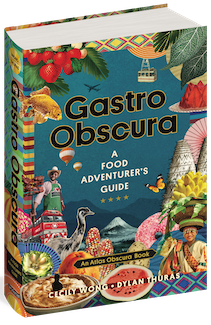


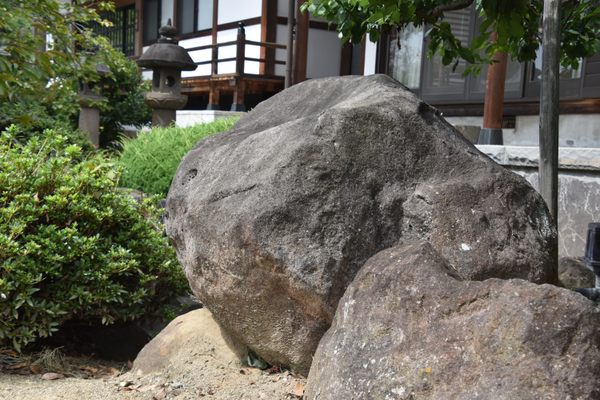
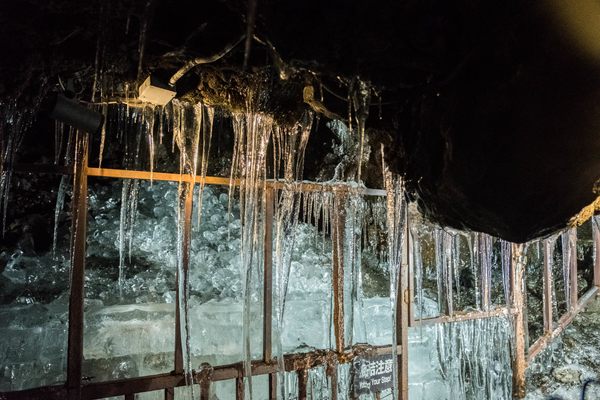
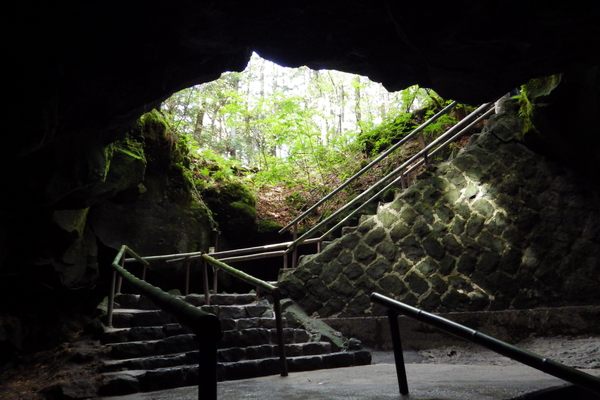

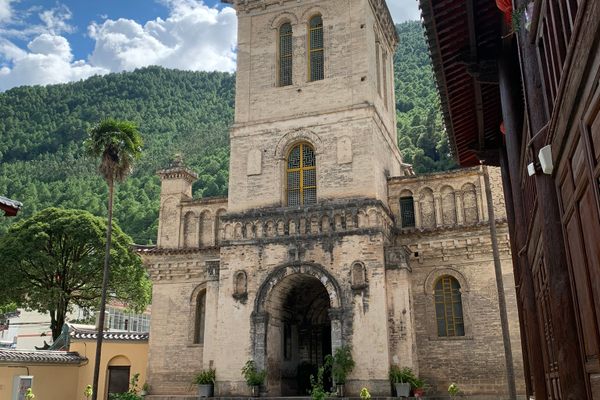


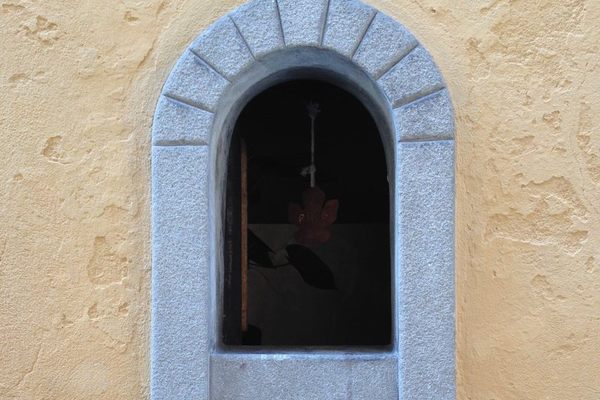

Follow us on Twitter to get the latest on the world's hidden wonders.
Like us on Facebook to get the latest on the world's hidden wonders.
Follow us on Twitter Like us on Facebook